An underwhelming release overwhelmed by the competition.
Ring has had two big video doorbell product launches lately: Ring Video Doorbell Wired, the company's least expensive video doorbell ever, and Ring Video Doorbell Pro 2 which is Ring's most advanced video doorbell ever.
From the spec sheet, Ring Video Doorbell 4 doesn't fit into either of these categories. It's decidedly middle-of-the-road in terms of excitement value and, from an experience standpoint, doesn't do too much to alter that feeling. There's no denying it's the best Ring doorbell powered by a battery that Ring has ever made. With all the great features you've come to expect from Ring Video Doorbells, now with color pre-roll. It's just a bit of a boring release.
Despite its excellence, there are no real reasons to upgrade from a Ring Video Doorbell 3 if you've already got one. Also, despite the lower up-front price when compared to last year's models, it feels like Ring's value proposition only gets worse over time. In order to get almost any of the major features — including simply viewing historical video data — you'll need to pay for a Ring storage plan. It's only a few bucks a month, but with companies like Eufy launching new products without the cloud requirement, one can't help but wish for a better alternative.
Can Ring keep up with the competition? Our Ring Video Doorbell 4 review will let you know.
Ring Video Doorbell 4
Bottom line: Ring Video Doorbell 4 comes in at a lower price point and with enhanced features over last year's model but it, ultimately, feels like a bit of a boring release. Color pre-roll footage is the highlight of the release and battery life has been improved, but the paywall for the doorbell's best features and lack of advanced AI detection makes it feel like a worse overall value when compared to other video doorbells.
The Good
- Can be wired or battery powered
- Easily removable battery
- Color pre-roll footage
- Support for 2.4Ghz and 5GHz networks
- Automated quick replies
The Bad
- Video quality and aspect ratio aren't ideal
- Shiny exterior gets dirty easily
- Not the most aesthetically pleasing
- Requires a subscription for most features
- No advanced AI detection
$200 at Amazon $200 at Best Buy $200 at The Home Depot
Ring Video Doorbell 4: Price and availability
Ring Video Doorbell 4 is available at all the usual major retailers where Ring products are sold, including Amazon, Best Buy, The Home Depot, Lowes, and on Ring.com. Ring Video Doorbell 4 packs in more features than Ring Video Doorbell 3 Plus and still debuted at a lower $200 price than its predecessor.
Ring Video Doorbell 4 ships with a black body and a Satin Nickel color faceplate. Ring often offers one additional faceplate for free upon activating your video doorbell, which can be redeemed within the Ring app, giving you an additional color option to choose from that might better match your home.
Ring Video Doorbell 4: Lots of features at a lower price
Last year, Ring debuted a duo of new battery-powered video doorbells. The $30 more expensive Ring Video Doorbell 3 Plus debuted the pre-roll feature for battery-powered video doorbells. This works a bit like an always-on wired video doorbell in that it's able to show you footage of an event before it was "technically" detected.
This means that you'll see snapshots of the scene leading up to the actual video of the motion event when you view it in the timeline in the Ring app. By their nature, snapshots aren't as smooth or high quality as the video that's delivered, but they are now more seamless than before since they are in color. With Ring Video Doorbell 3 Plus, pre-roll footage was in black & white and visually "popped" when the app moved from snapshots to video. That no longer happens, and is a welcome change.
While Ring's overall doorbell design could be a little more aesthetically pleasing, I really love the mechanism they created for the battery. This quick drop battery is easily removable via a simple push tab — one that's actually easy to push, unlike the one on the August Video Doorbell — and it can be slid out without removing the entire doorbell from the wall. You'll need to remove the security screw from the faceplate if you've used it, but that's an obvious necessity since the entire point of the security screw is to keep people from pulling the battery out in the first place.
If you don't want to deal with batteries and already have a doorbell, make sure to check your transformer and you can wire the Ring Video Doorbell 4 up, instead. That'll make it so you never have to touch the thing again, and will make it quicker to pull up live feed at any time.
Automatic quick replies act like an answering machine for your front door.
Lastly, one of my favorite modern video doorbell features is the ability to respond to folks at your door with automated quick replies. While viewing the video — either with or without a Ring subscription plan — you can select from half a dozen different replies that will be read out to the person on your porch. That's great when you can't, or don't want to, answer your door. You can even have the doorbell automatically answer if you don't come to the door right away — the time period is customizable — and people can even leave a message, if they'd like.
Ring Video Doorbell 4: Feels like a rehash
For two years in a row now, the defining feature of Ring's latest battery-powered video doorbell is the pre-roll feature. Granted, this year it's an improved version of what was launched last year, but it's still less than exciting to see almost the same thing on a new product. I don't want to be ungrateful — Ring did improve the product and lower the price $30 year-over-year, after all — but it's hard to ignore the stiff competition Ring has amassed over the past year.
Ring is using a 16:9 aspect ratio which is inferior to the 1:1 aspect ratio they adopted on the Pro 2.
The biggest improvement I've seen over video doorbells over the past year lies squarely in the quality of the video produced. I don't just mean things like resolution or dynamic range, though; I'm talking about the big aspect ratio change that happened with the best video doorbells in 2020 and even with Ring's own Ring Video Doorbell Pro 2 this year.
Simply put: 1:1 aspect ratio video — better known as a square — is the best aspect ratio for a video doorbell. While the 16:9 aspect ratio video for Ring Video Doorbell 4 is fine enough, it leaves a lot to be desired when compared to what's new and obviously better. I also found the default video quality to be pretty lacking, overall. Because HDR is turned off by default, everything looks overly dark and low contrast.
The problem here is that enabling things like HDR and pre-roll footage cuts the battery life down significantly. Ring estimates the battery life for Ring Video Doorbell 4 sits between 6-12 months when using default settings. After a little over 2 weeks of regular usage — with pre-roll and HDR-enabled — my doorbell's battery was down to 72%. At that rate, I would need to charge my doorbell in less than 2 months — a far cry from the estimated time.
Night vision could also use a bit of work. Like the daytime SDR video, night time video feels like the contrast is just off. Part of it, in my case, is that the doorpost is in the frame. This causes the infrared lights to glare off the post and distort the contrast on some video doorbells. The Arlo Essential Video Doorbell has no problem balancing the scene. Ring Video Doorbell 4, not so much.
Ring Video Doorbell 4 retains the bulky, boxy exterior of the previous generations.
On the outside, Ring Video Doorbell 4 looks identical to the previous generations of the product. While it's serviceable enough, it's certainly not pretty, and I don't think it looks particularly nice on my home when compared to video doorbells from other companies. Ring does offer swappable faceplates with several different colors and finishes — oftentimes giving new customers a free faceplate with every Ring Video Doorbell purchase, redeemable in the app — but it doesn't change the bulky, boxy exterior all that much.
The shiny exterior collects an awful lot of dust and pollen.
While Ring offers a good bit of value with its subscription plans including cloud storage and advanced detection features, the actual detection features themselves leave a bit to be desired. Ring Video Doorbell Pro 2's latest motion enhancements let you specify not just where on the video feed you want motion detection to occur, but also how far away.
Ring Video Doorbell 4 uses the same method Ring has used for years on its video doorbells: one main camera sees the world similarly as you would expect a camera to, while a secondary thermal camera sees the world according to how hot or cold objects are. With this innate ability, you can select to only receive notifications when the video doorbell detects something that moves and generates heat; i.e. a living creature, most likely a human.
Without AI-driven motion detection, Ring's notifications don't feel as useful as they could be.
On one hand, this is good for privacy, because you're not worried about the image being calculated by some far-off server. In the practical sense, it ends up delivering either too many or too few notifications, as it's either everything that moves or just moving, organic beings. Other video doorbells can identify animals, vehicles, packages, and so on, leaving Ring a bit behind in this sense.
Ring Video Doorbell 4: Competition
As mentioned, Ring's new Video Doorbell 4 has tons of competitors. Arlo Essential Video Doorbell is a better experience in basically every way. From the superior aspect ratio to the better quality video, AI-powered notifications that can distinguish between people, animals, vehicles, and packages, and the best notifications you'll find from any battery-powered video doorbell. Ring's lone advantage here is that it will deliver more rubust interconnectivity with other Ring devices, if you've already got a smart home that's mainly powered by Ring products.
Eufy Video Doorbell offers cloud-free operation, including local storage options and on-device people detection. This offers similar notifications to what Ring offers, albeit a more computationally-driven experience that relies on artificial intelligence instead of a thermal camera. The big downside here is that you'll need to wire it up, so this isn't a great alternative if you absolutely must have a battery-powered experience.
Ring Video Doorbell 4: Should you buy it?
You should buy this if ...
- You're already invested in Ring's ecosystem
- You need a solid battery-powered video doorbell
- You're upgrading from an older Ring Video Doorbell model
You shouldn't buy this if...
- You want the best video quality from your video doorbell
- You're looking for a gadget that looks as good as it performs
- You want package detection or other more advanced notifications
Ring Video Doorbell 4 is simultaneously Ring's best battery-powered video doorbell and its more boring video doorbell in a while. While it does introduce some upgrades for a lower price than last year's model, it doesn't improve enough to make up for the advancements that the competition has made in that same timeframe. 16:9 video misses the mark, and overall video color and contrast balance could use some improvement. It's also lacking in the advanced notifications department, as it's not able to identify packages or other objects like the competition can.
The entry-level price has been dropped, but you'll still need to pay at least $3 per month for a Ring subscription if you want to most out of this video doorbell. With that, you'll get the ability to view up to 60 days of recorded event history, customizable motion zones, and automated quick replies with answering machine-like functionality. It's not a bad experience by any means, but the competition outclassed Ring in the battery-powered category this time around, and it really only makes sense to pick up a Video Doorbell 4 if you're already invested — or are currently investing — in the Ring ecosystem.
Ring Video Doorbell 4
Bottom line: At $50 less than Ring Video Doorbell Pro 2, Ring Video Doorbell 4 offers a solid experience with the ability to go totally wireless thanks to the built-in battery. So long as you don't modify the default settings, you'll even get 6-12 month battery life. It's just a shame you need to subscribe to a Ring plan to get most of the best features.
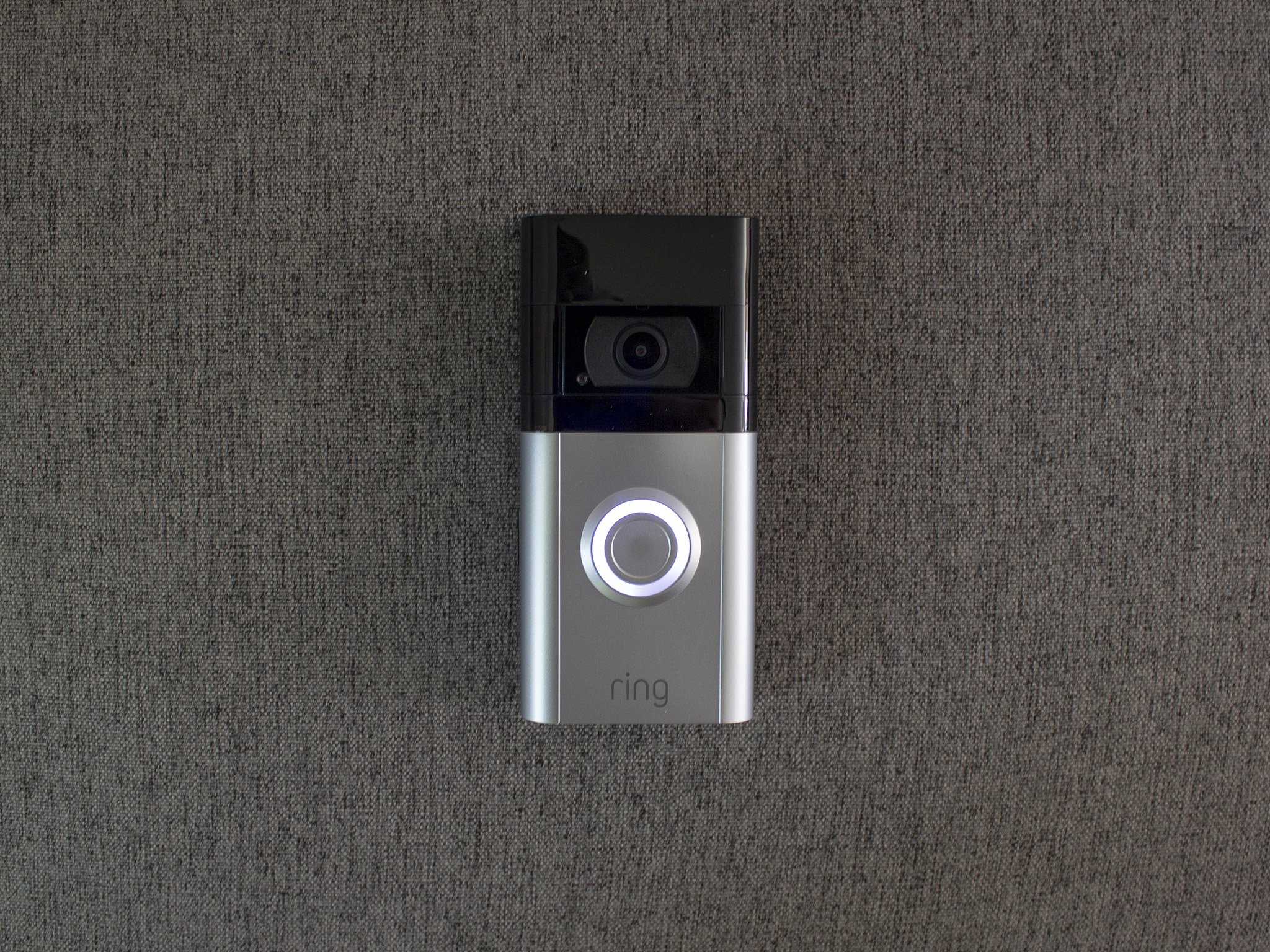
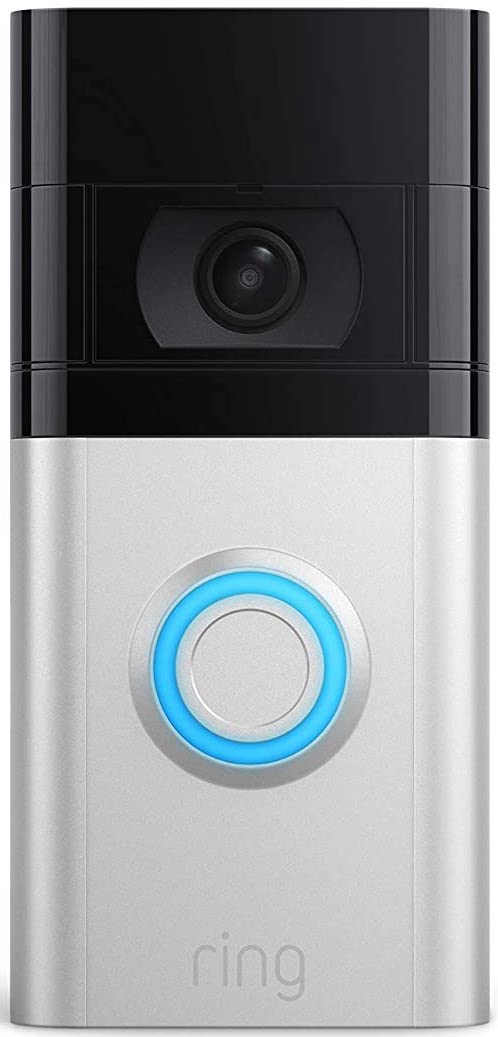
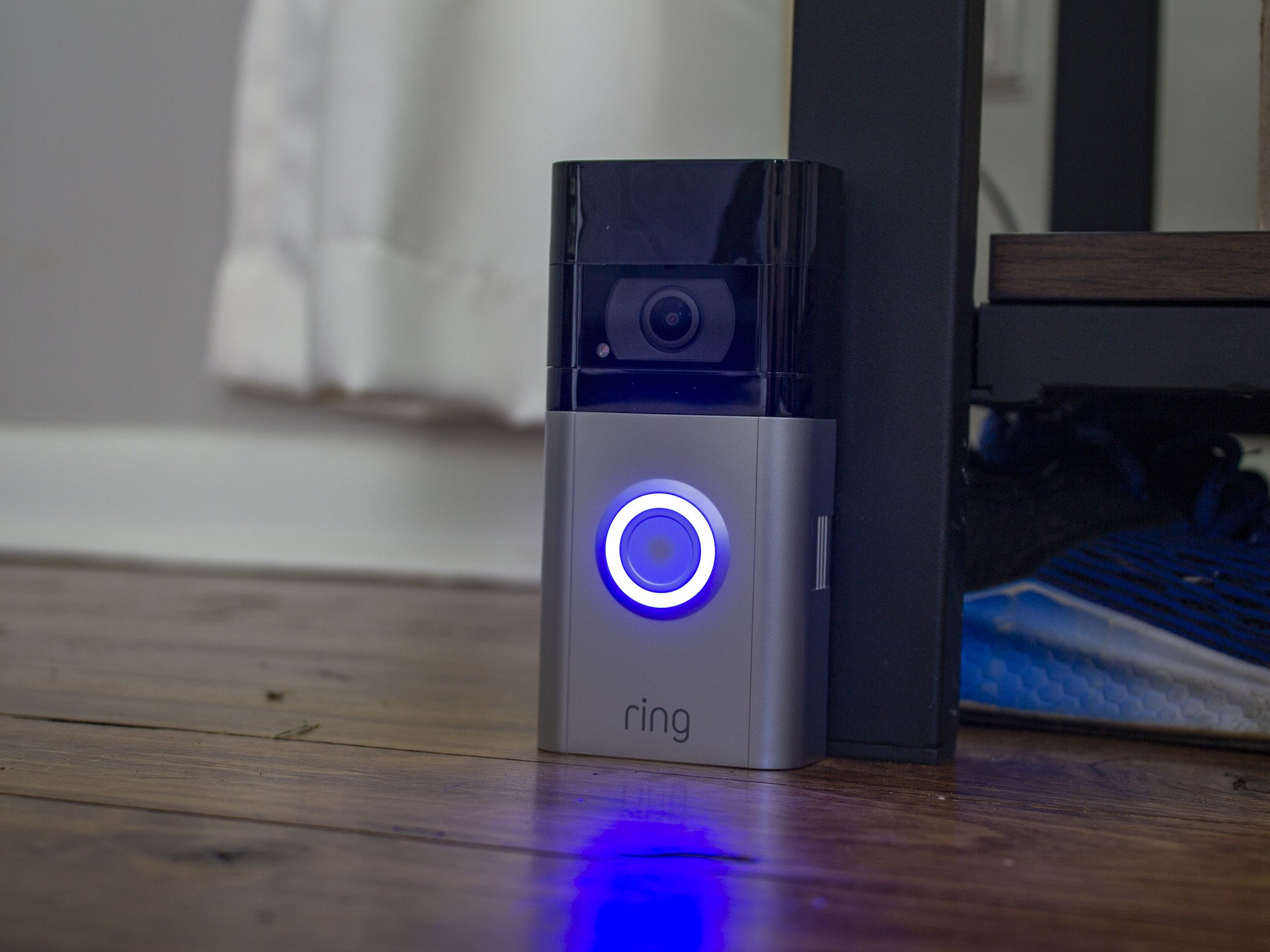
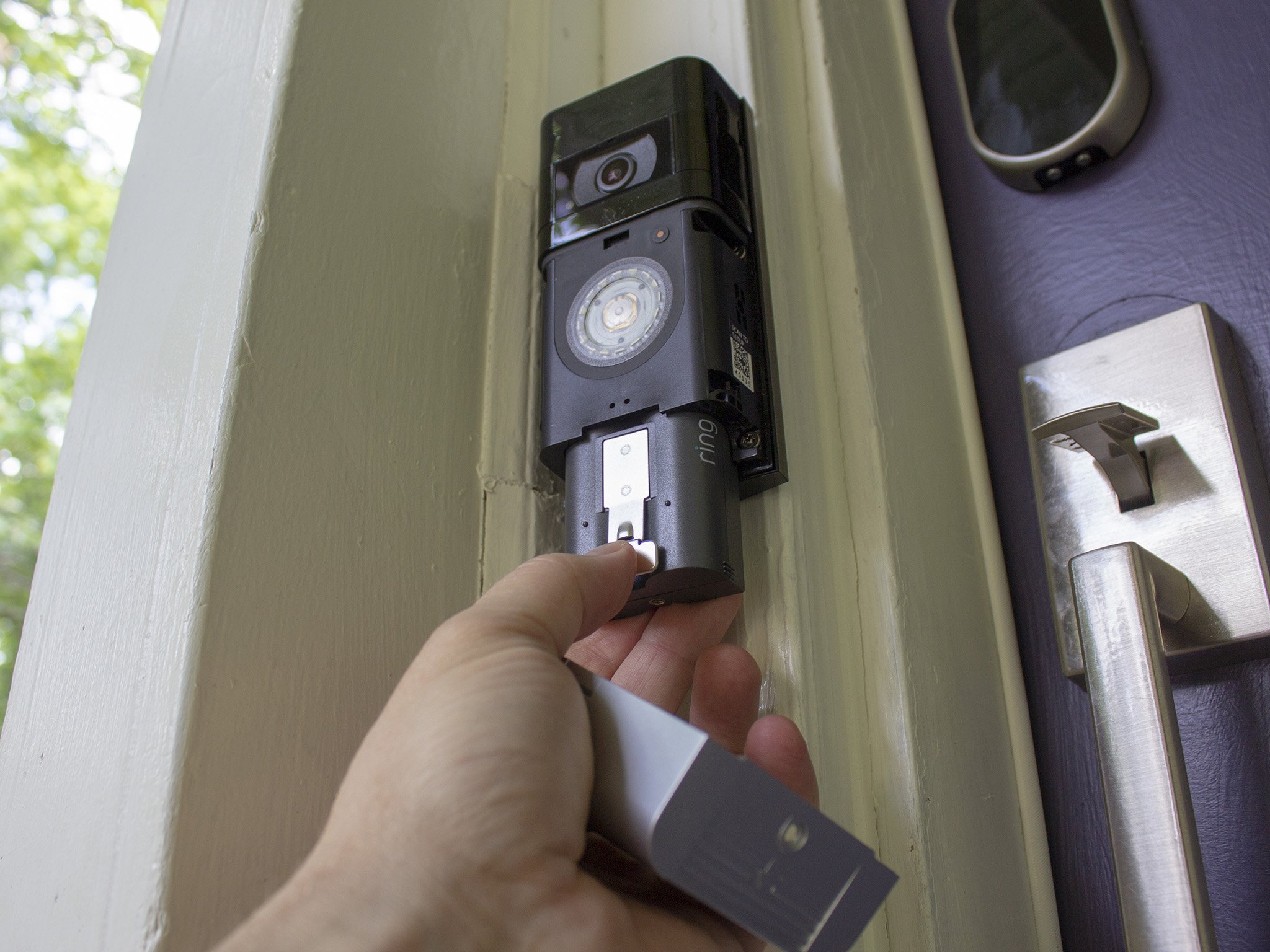
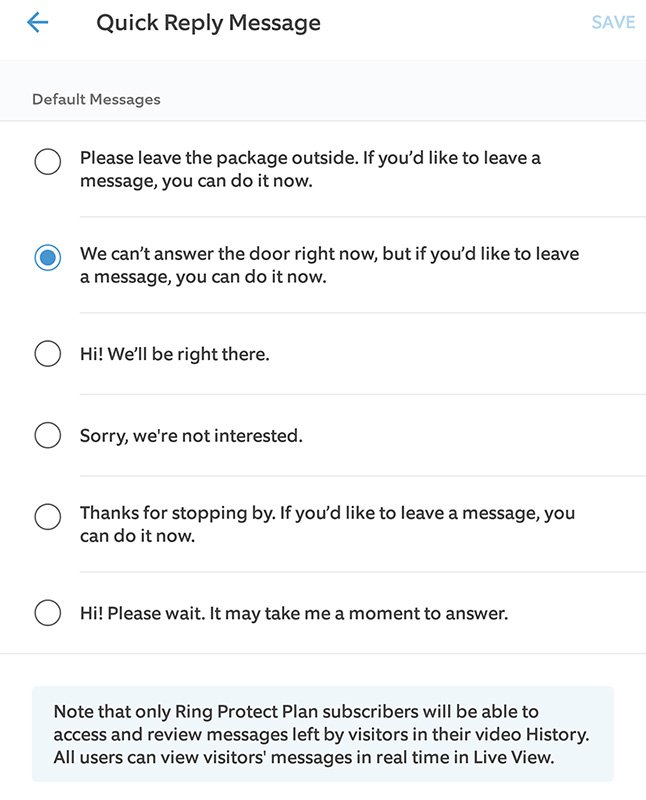
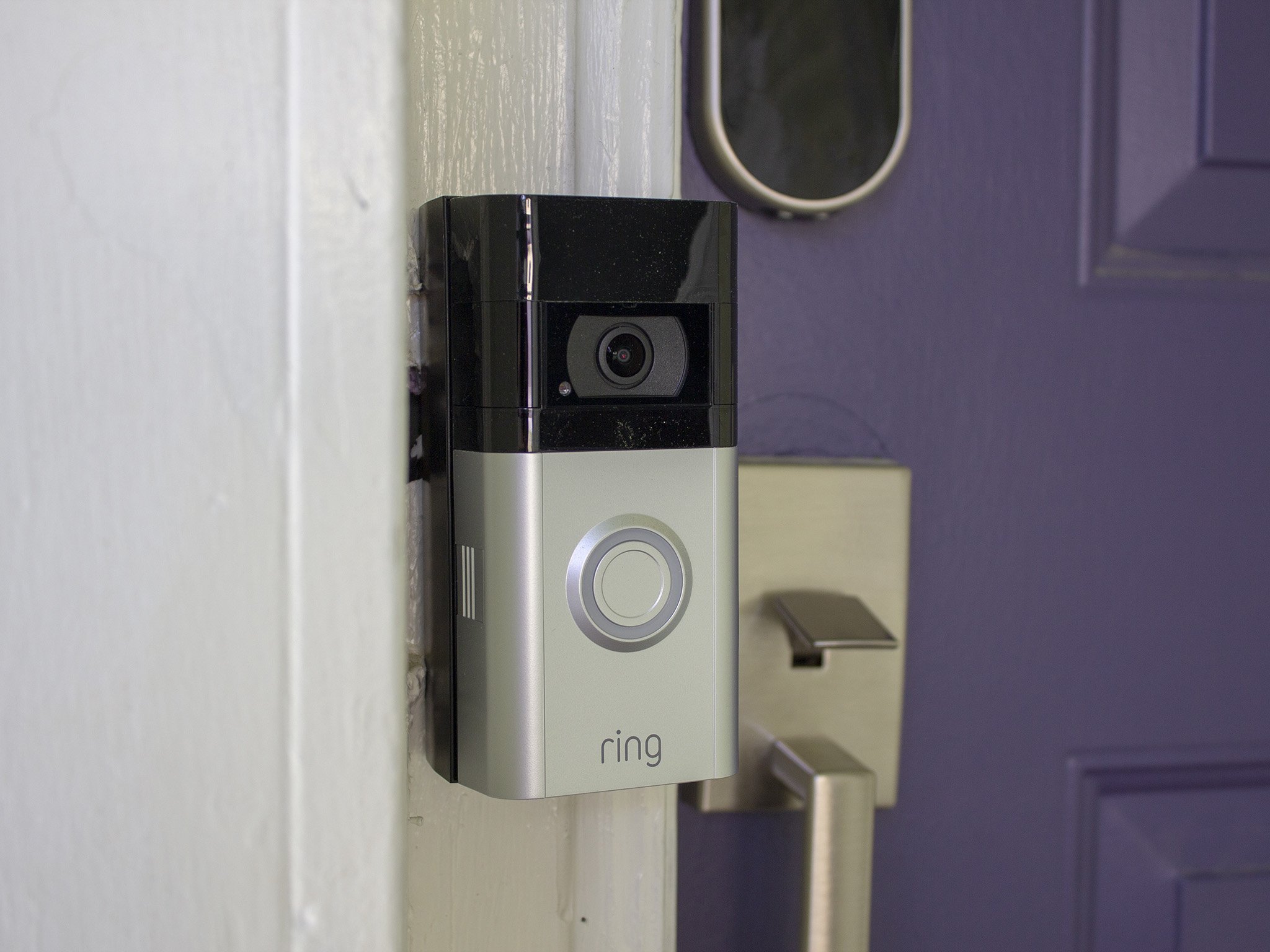
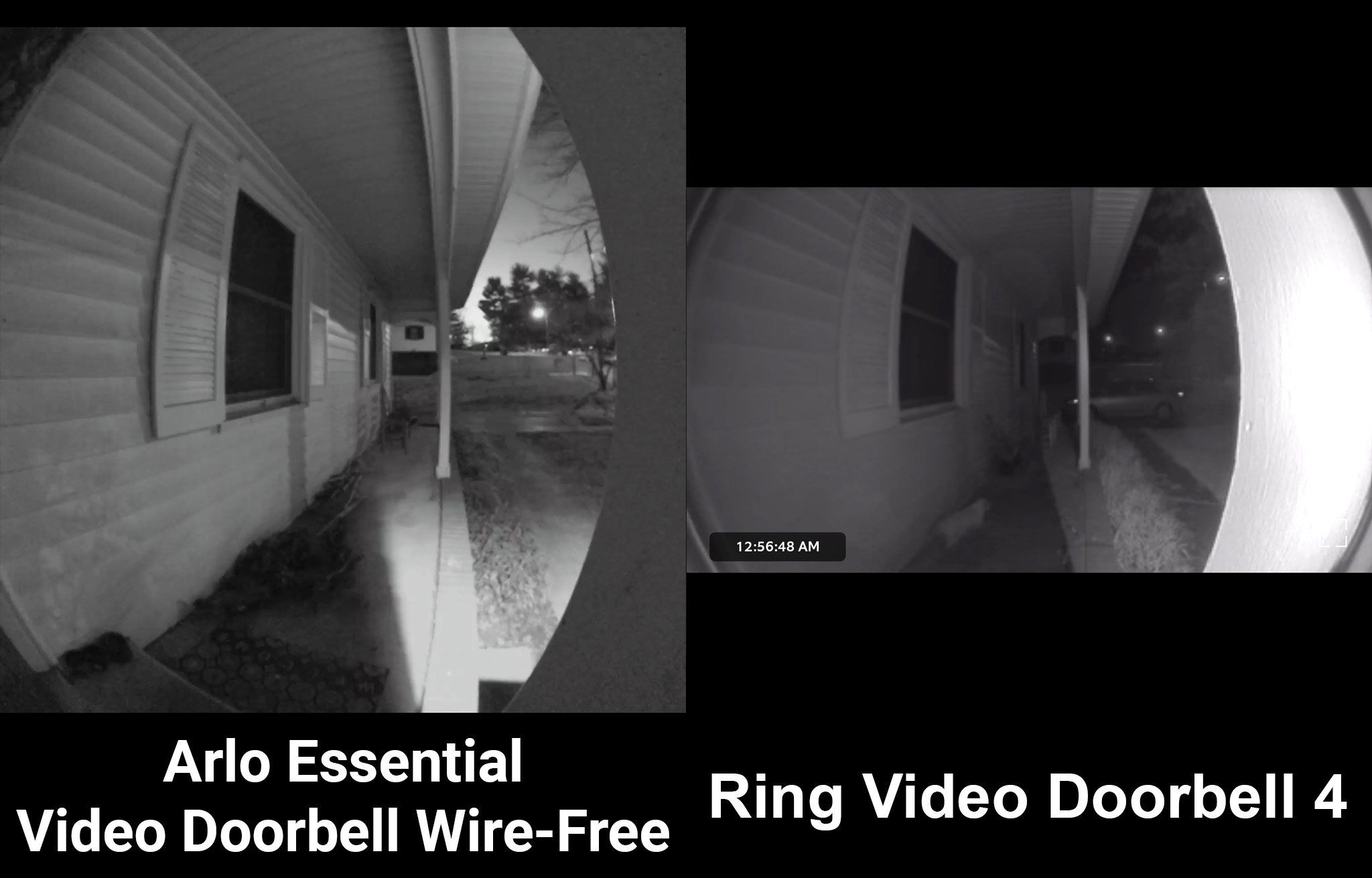
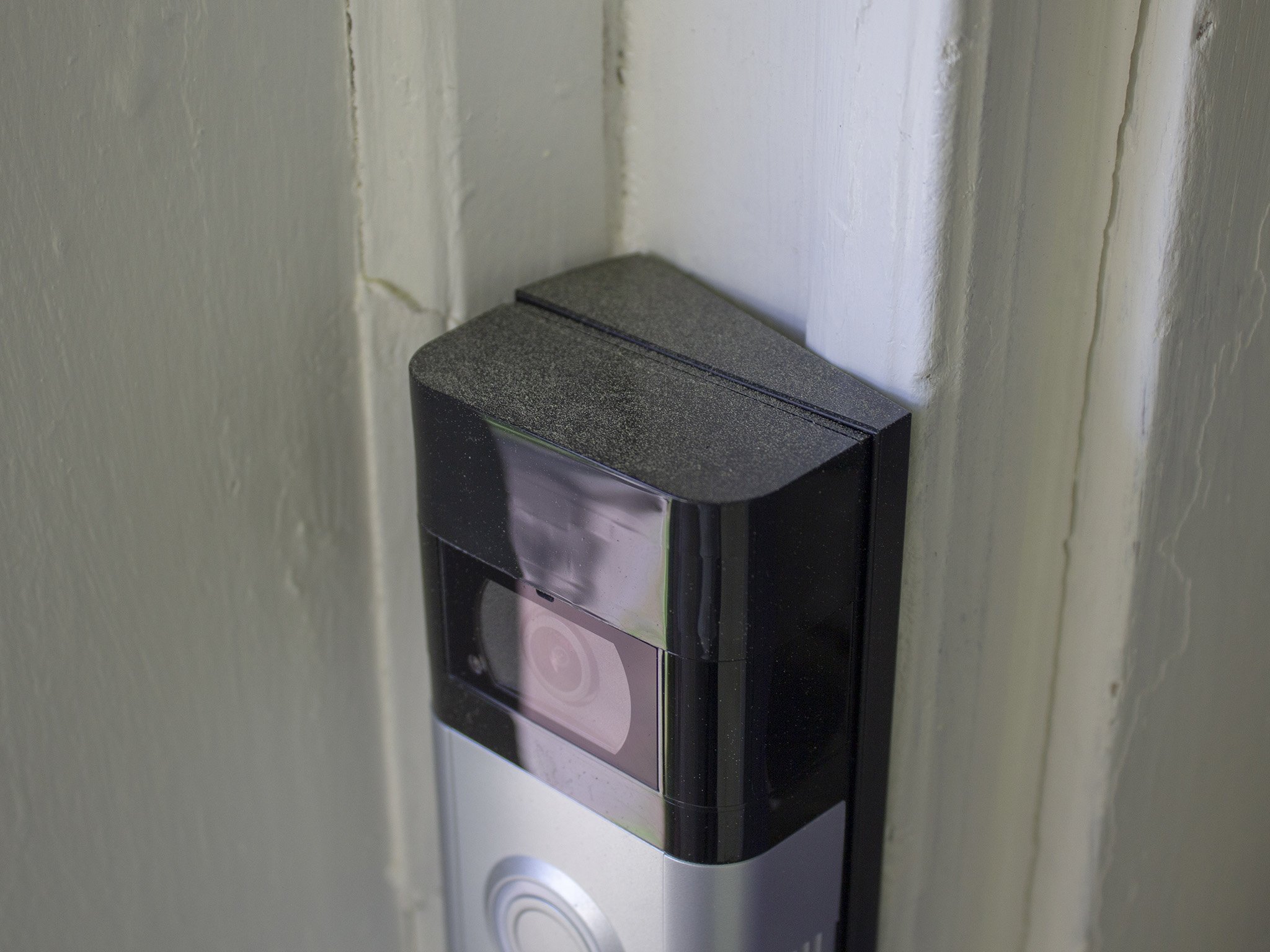
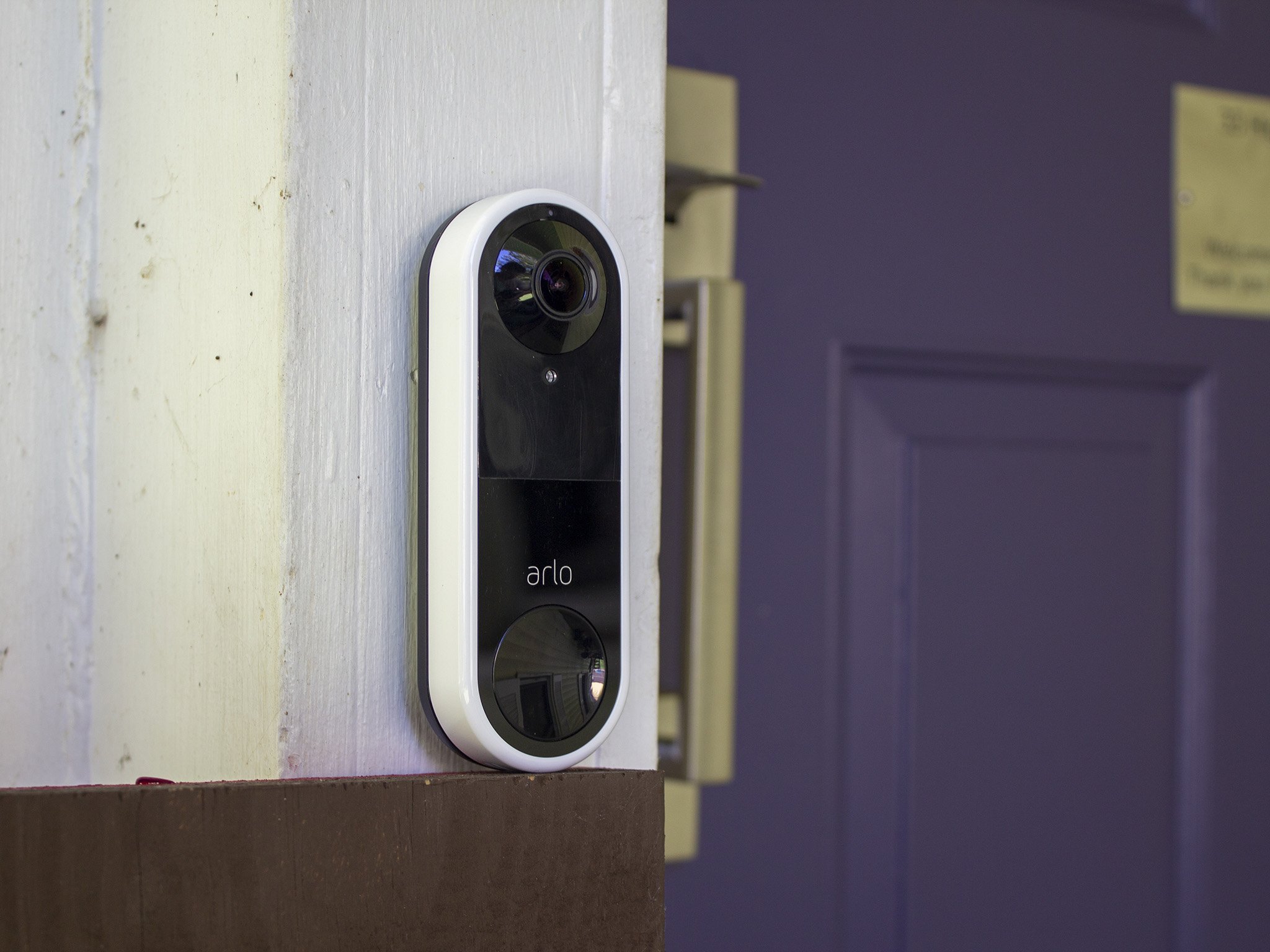
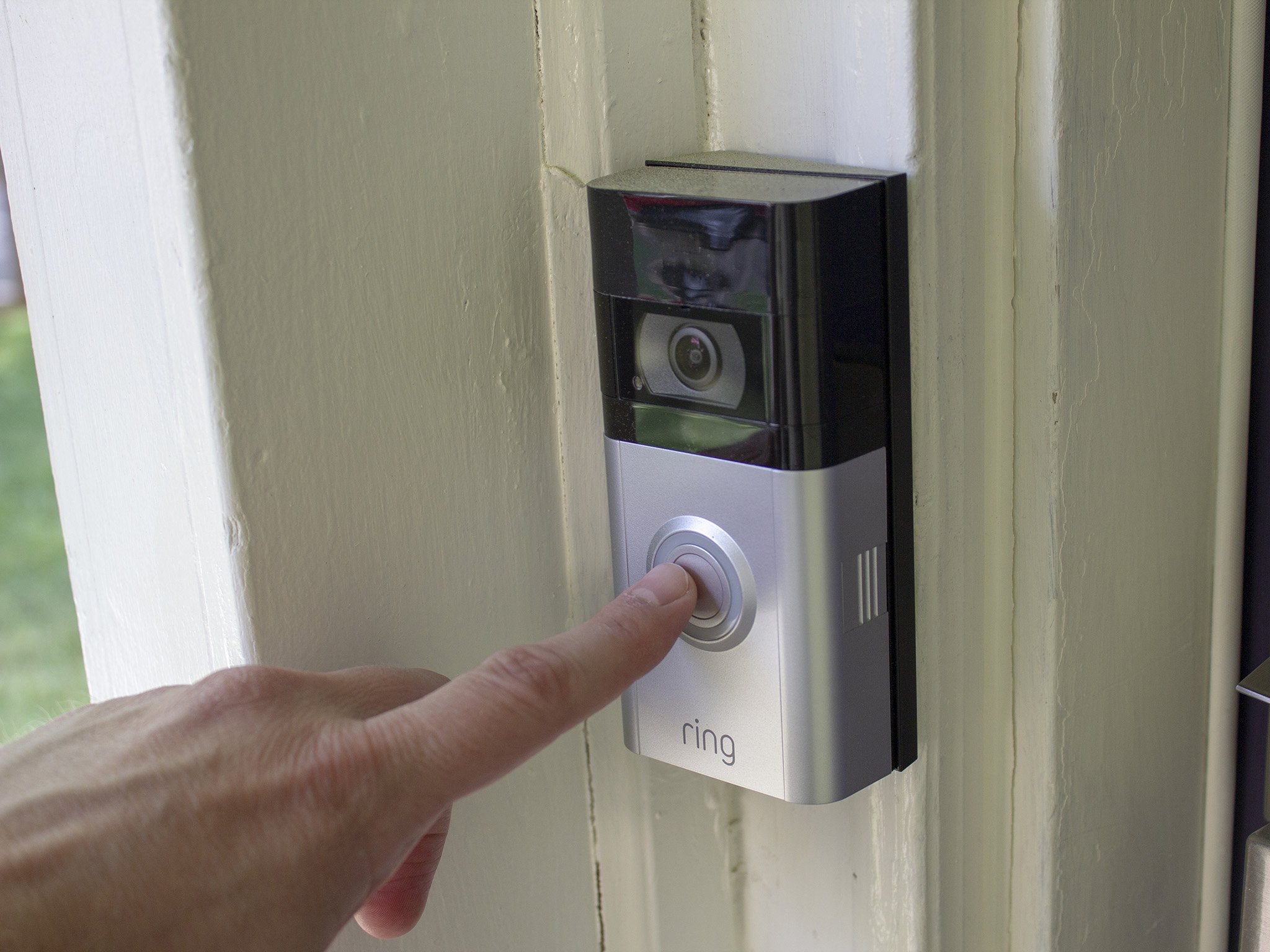
0 Response to "You Can See More: Ring Video Doorbell 4 review: Better value, bigger upsell"
Post a Comment